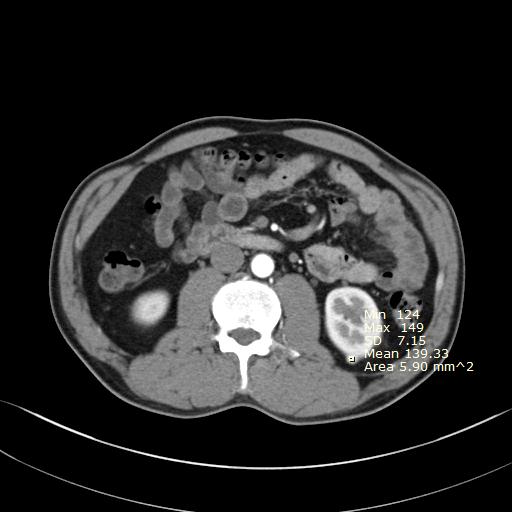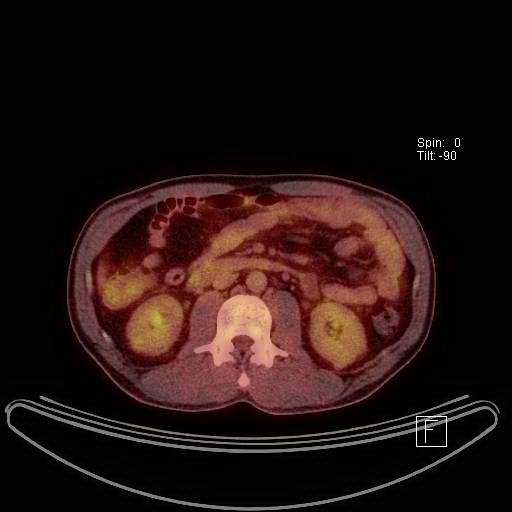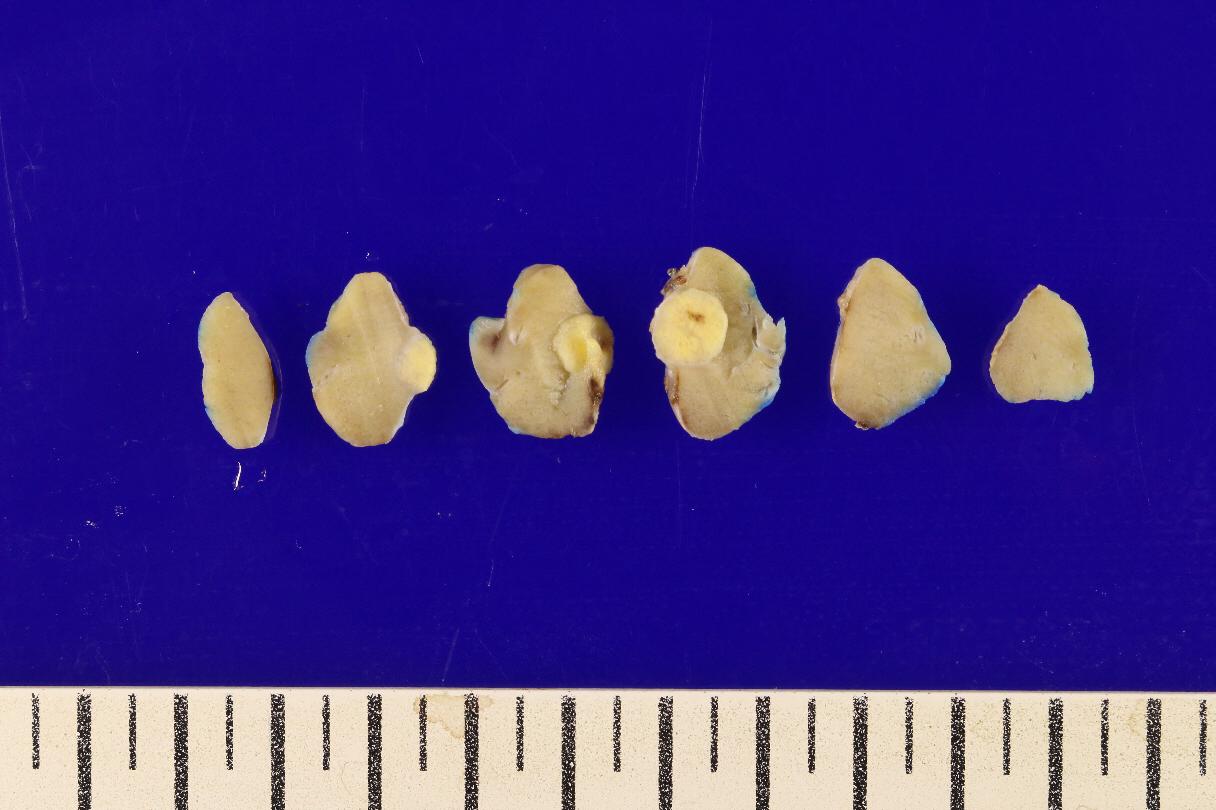Kidney Transplantation from Living Donor Allograft with Small Renal Cell Cancer after Laparoscopic Partial Nephrectomy: A Case Report
Young Hwa Kim1, Sun Cheol Park1, Jin Ko1, In Sung Moon2, Ji Il Kim3, Sang Seob Yun1.
1Department of Surgery / Division of Vascular and Transplant Surgery, Seoul St. Mary's Hospital / The Catholic University of Korea College of Medicine, Seoul, Korea; 2Department of Surgery / Division of Vascular and Transplant Surgery, Yeouido St. Mary's Hospital / The Catholic University of Korea College of Medicine, Seoul, Korea; 3 Department of Surgery / Division of Vascular and Transplant Surgery, Uijeongbu St. Mary's Hospital / The Catholic University of Korea College of Medicine, Uijeongbu, Korea
Purpose: The allograft shortage extended the limit of traditional criteria used for transplantation. Also to meet the eligible immunologic living donor, it seems suitable to use kidneys with a small renal cancer excised for transplant under the circumstance of scarce deceased donors. Possible risk for malignancy recurrences is still a controversial issue, though kidneys with satisfactory function can be transplanted as far as the recipients comprehend the benefits. The aim of this article is to present a case of living-donor transplantation following laparoscopic partial nephrectomy of small renal cell cancer.
Methods: A 48-year-old woman recipient with end-stage renal disease was carried on hemodialysis for more than 13 years. Her brother aged 42 was verified with small renal cell cancer (0.7cm) after donor preoperative renal CT scan was done. However, the donor’s renal function was excellent for renal transplantation and showed optimal HLA cross matching result, in contrast with recipients’ other relatives. The recipient and her family consented to have transplantation in a fully informed situation about the possible risk of post-transplant cancer recurrence.

Results: The graft partial nephrectomy was performed successfully via laparoscopic procedure without renal artery and vein clamping and then laparoscopic donor nephrectomy was carried out. Tumor mass was sent for pathologic analysis and verified normal margin before transplantation. Dual renal arteries were seen and anastomosed to the right external iliac artery end-to-side manner. After the operation, both donor and recipient are physically healthy and the creatinine level (range: 1.05-1.24) of recipient is stable and normal. Recipient is receiving maintenance immunosuppressant following our regimen and no other complications were noted.
Conclusion: To best of our acknowledgement, this was the first practice of laparoscopic in vivo partial nephrectomy before kidney transplantation. It would be beneficial to proceed with donor partial nephrectomy of renal cell cancer before kidney transplantation in the presence of wide disparity between donor and recipient, and for the best, long term follow-up is essential.
